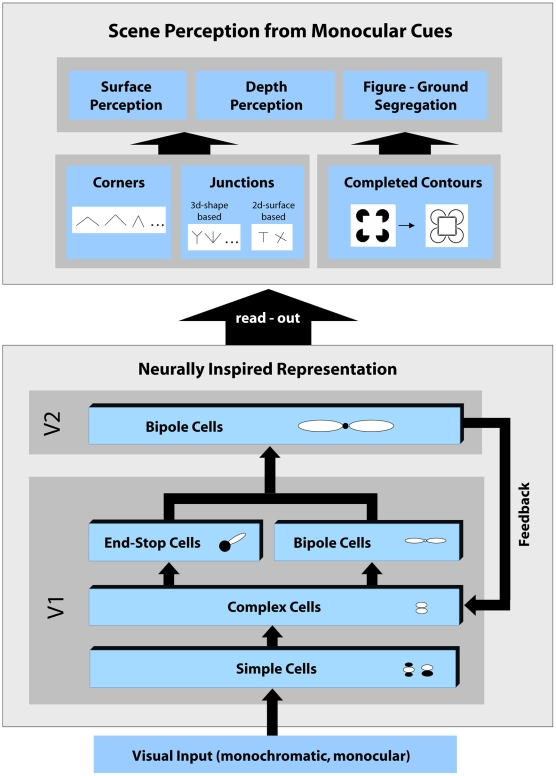Figure 2. Overview of the core model architecture.
The model consists of several stages that were designed to resemble properties of cells found in the early primate visual cortex. Visual input is processed by the hierarchy of different stages from visual area V1 to V2 and vice versa, that is feedforward and feedback. To enhance and complete initial contour signals, recurrent interactions between those two areas are performed iteratively until activities at all stages converge to a stable state. The converged activities can then be read-out from distributed representations to obtain specific maps that signal perceptually important image structures such as completed contours and different types of junction configurations. Such mid-level features provide important cues for occlusion detection or detection of transparencies. In addition, these mid-level features can also play a role in tasks such as border-ownership assignment which perhaps take place in higher visual areas such as V4 or IT.

